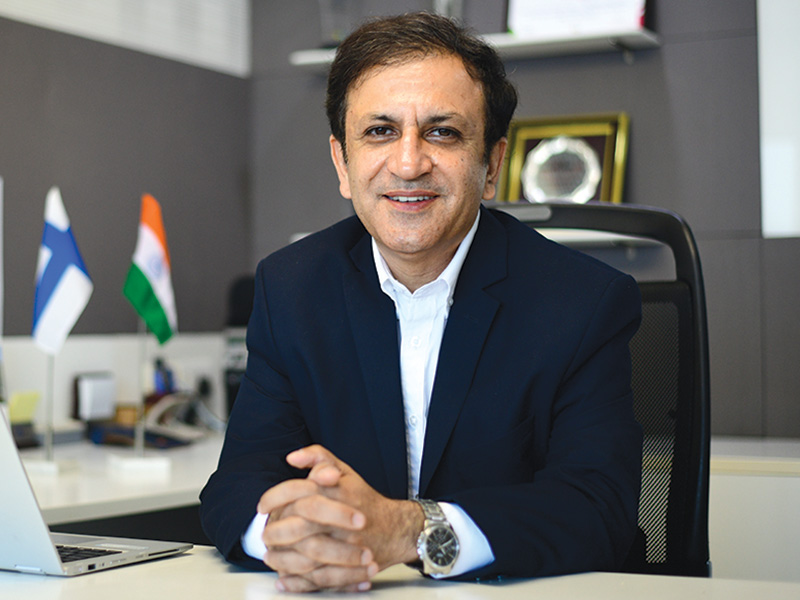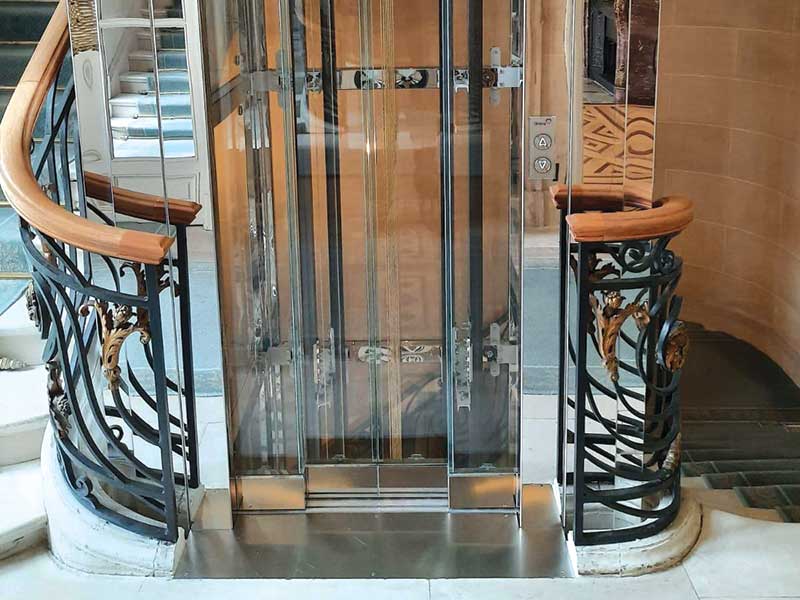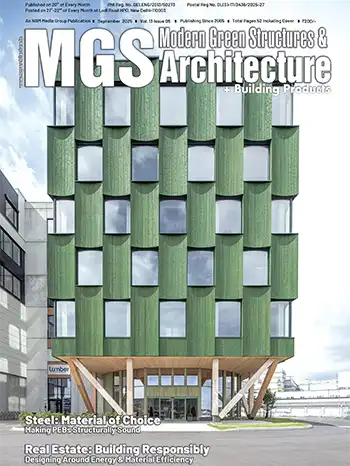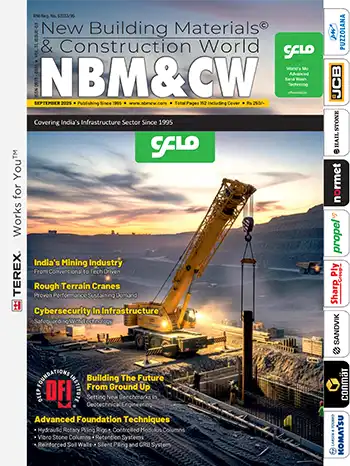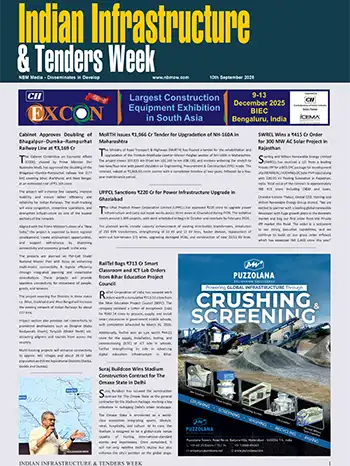Amit Gossain, Managing Director, KONE Elevator India
Innovations for infra development
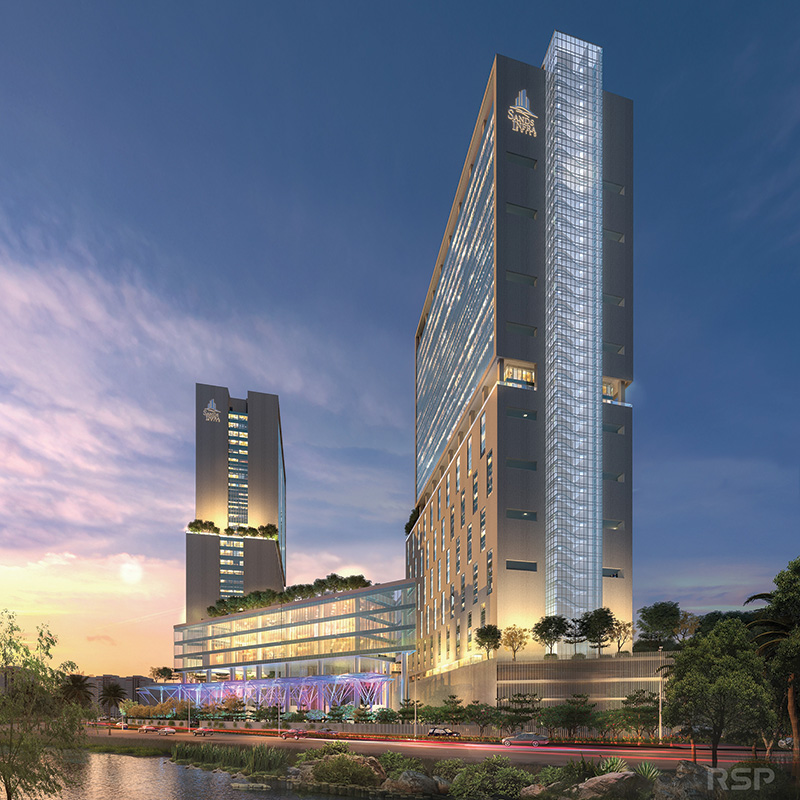
KONE has taken an innovative three-pronged approach in the elevator and escalator sector. We launched the first digitally connected elevators in the world – the DX elevators. Digitally connected elevators enhance user experience and the attractiveness of a building. These smart elevators are 24/7 connected – allowing maintenance operators to keep an eye on their smooth functionality. Moreover, the internet connectivity within the elevators themselves enable people to stay productive. Furthermore, the KONE Jumplift technology improves people and material flow within a building.
When we talk about the aspect of “fast” within the context of elevators, we aren’t only talking about the speed but also the accelerated construction. KONE believes that any infrastructure’s lifeline of escalators and elevators shouldn’t take too long to integrate. Thus, we have taken a unique and conducive approach to design our elevators such that they can be installed ahead of schedule and at a low cost.
Sustainable Solutions
We understand the rapid pace at which India is being urbanized. And to make the transition sustainable, we are focusing on energy-efficient solutions in our elevators and escalators. We are also pursuing carbon neutrality and are targeting a 40% reduction of greenhouse gas emissions related to emissions and lifetime energy use of our product. These aren’t just claims; they are our aims that have been verified by Science Based Targets Initiative.KONE has received 23 best A-class ratings in terms of energy efficiency. The primary reason behind it is our eco-efficient solutions, such as the regenerative drive and the KONE UltraRope high-rise hoisting technology. UltraRope can cut energy consumption by 15% for a 500-meter elevator ride. Other modernizing measures such as LED lights and the novel regenerative drive help our clients achieve energy savings by 90%.
At KONE, we aim to help our clients reach net zero emissions with our carbon-neutral KONE DX class elevators and our carbon-neutral KONE DX maintenance. Through our products our clients can aspire to receive green building certifications such as LEED and BREEAM. Our goal is to reduce greenhouse emissions related to materials and energy consumption by 40% and reduce emissions related to our operations by 50% by 2030.
With KONE Jumplift, we have made construction more time efficient. Created inside the building, JumpLift ensures that construction workers remain safe, and the material and people flow increases. This leads to higher productivity and faster construction time.
At KONE, we aim to help our clients reach net zero emissions with our carbon-neutral elevators and maintenance. Through our products, our clients can aspire to receive green building certifications such as LEED and BREEAM. Our goal is to reduce greenhouse emissions related to materials and energy consumption by 40% and reduce emissions related to our operations by 50% by 2030.
Amit Gossain
Contributions of Stakeholders
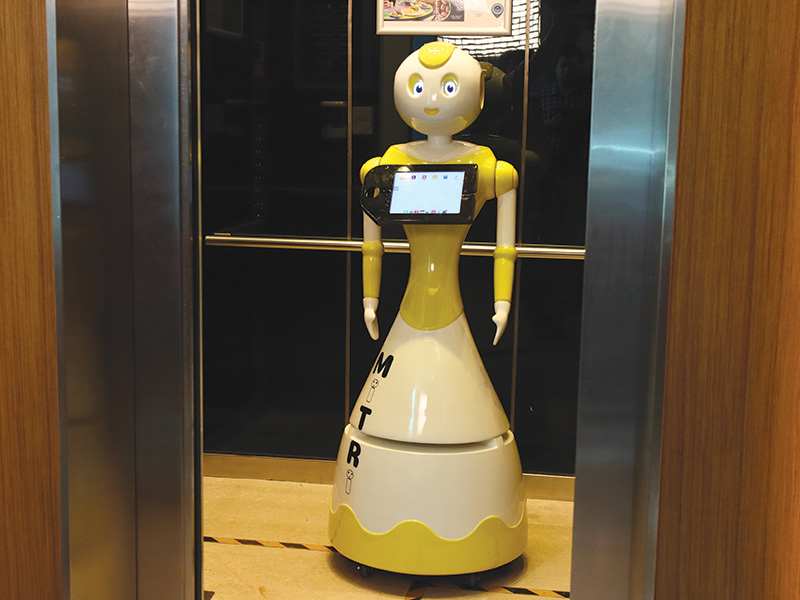
Developers can encourage the use of sustainable design principles, such as optimizing site selection, minimizing waste generation, and promoting the use of natural light and ventilation. Architects and Designers can shape the built environment in a way that minimizes environmental impact. By embracing sustainable design principles, they can create buildings that are energy-efficient, environmentally friendly, and socially inclusive. Engineers and Consultants have the technical expertise required to develop innovative and sustainable solutions in construction projects.
Contractors and Builders are crucial stakeholders in ensuring that sustainable practices are implemented during the construction process. They can promote sustainability by adopting efficient construction methods, reducing waste generation, and implementing responsible site management practices. Suppliers and Manufacturers can contribute by producing and supplying eco-friendly materials, such as recycled or reclaimed products, low-emission construction machinery, and sustainable construction chemicals.
Government Bodies and Regulatory Agencies play a crucial role in setting policies, regulations, and standards that promote sustainability in the construction industry. They can provide incentives for sustainable construction practices, enforce energy efficiency standards, and promote sustainability in the construction industry. Local Authorities and NGOs through community involvement can ensure that projects take into account local needs, preserve cultural heritage, promote social inclusivity, and prioritize environmental conservation.

